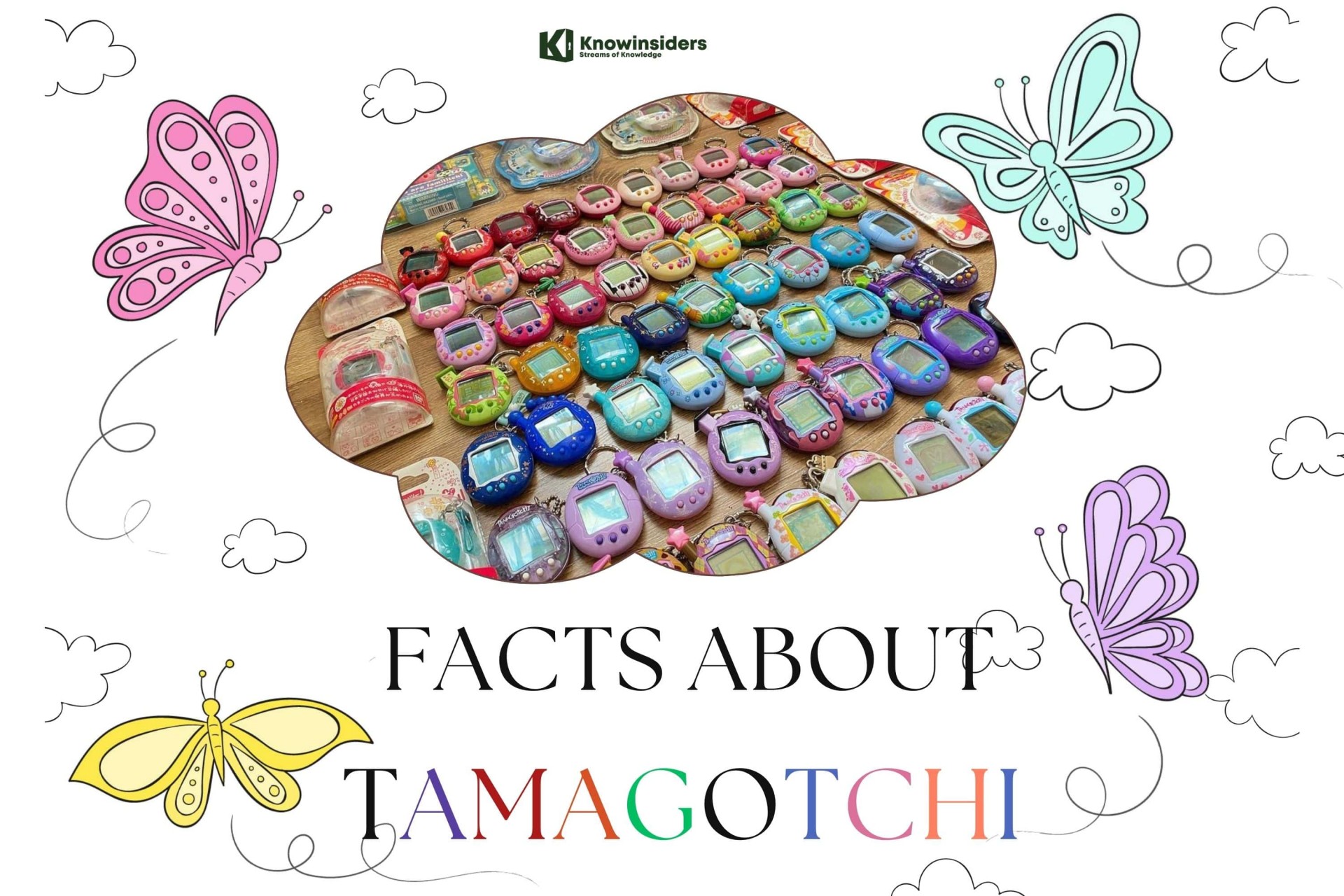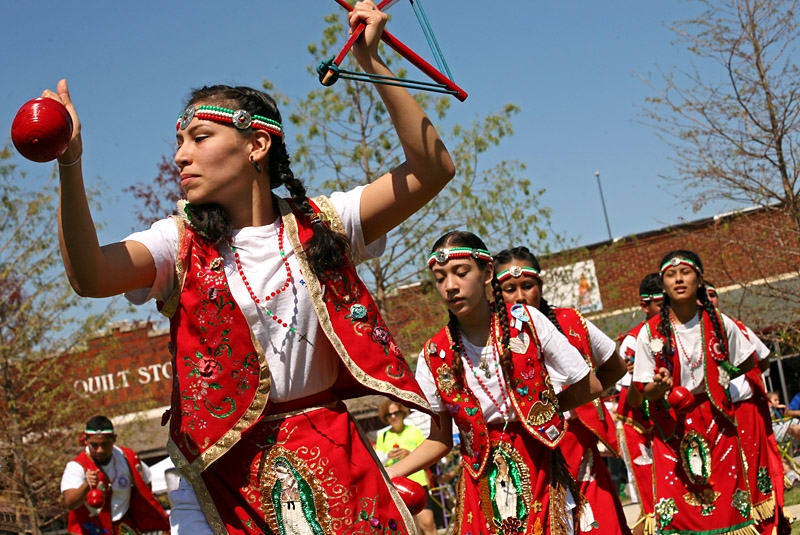17 Amazing Facts about Lilac that Lilac Lovers must know
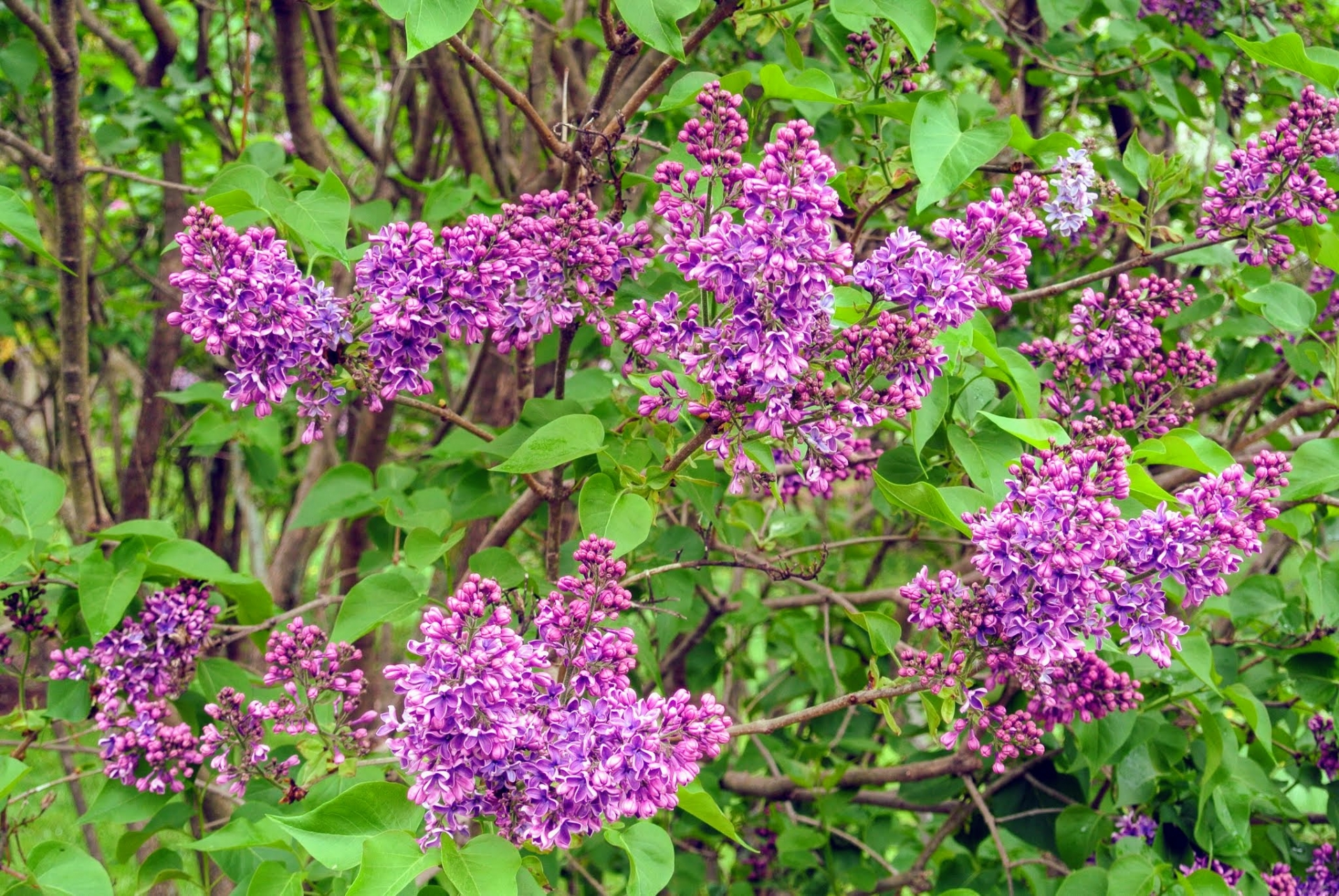 |
| Photo: The Martha Blog. |
The lilac's scent is what makes a lilac a stand-out plant in the garden—its scent is stronger in full sun and is commonly used in perfumes and soaps. You might recognize them as a flower from your grandma's garden, and that nostalgia factor is likely one of the reasons they've been gaining popularity over the last five years. Here are 17 interesting facts about Lilacs:
#1. Lilacs are native to Eastern Europe and Asia. The colonists brought them to America in the 17th century.
#2. Syringa (Lilac) is a genus of about 20 – 25 cultivated species of flowering plants in the olive family (Oleaceae).
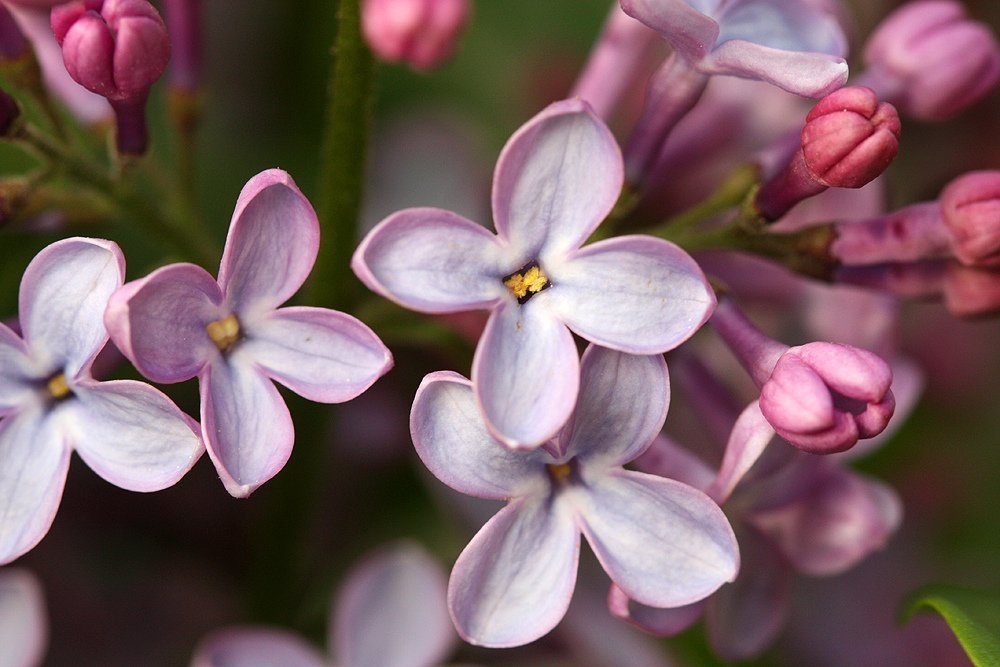 |
| Photo: Ilona's Garden. |
#3. In addition to the cultivated species of Lilacs, there are many more hybrids, and over 1,000 total varieties of Lilac bushes (along with a few varieties of actual trees), as cited by Lilac House Bed and Breakfast .
#4. The term “Lilac tree” can be mistakenly attached to any of the many varieties of Lilac bushes. Lilac shrubs/bushes grow from six to twenty feet tall. True Lilac trees, like the Peking tree Lilac and the Japanese tree Lilac, both from Asia, may reach heights over 30 feet.
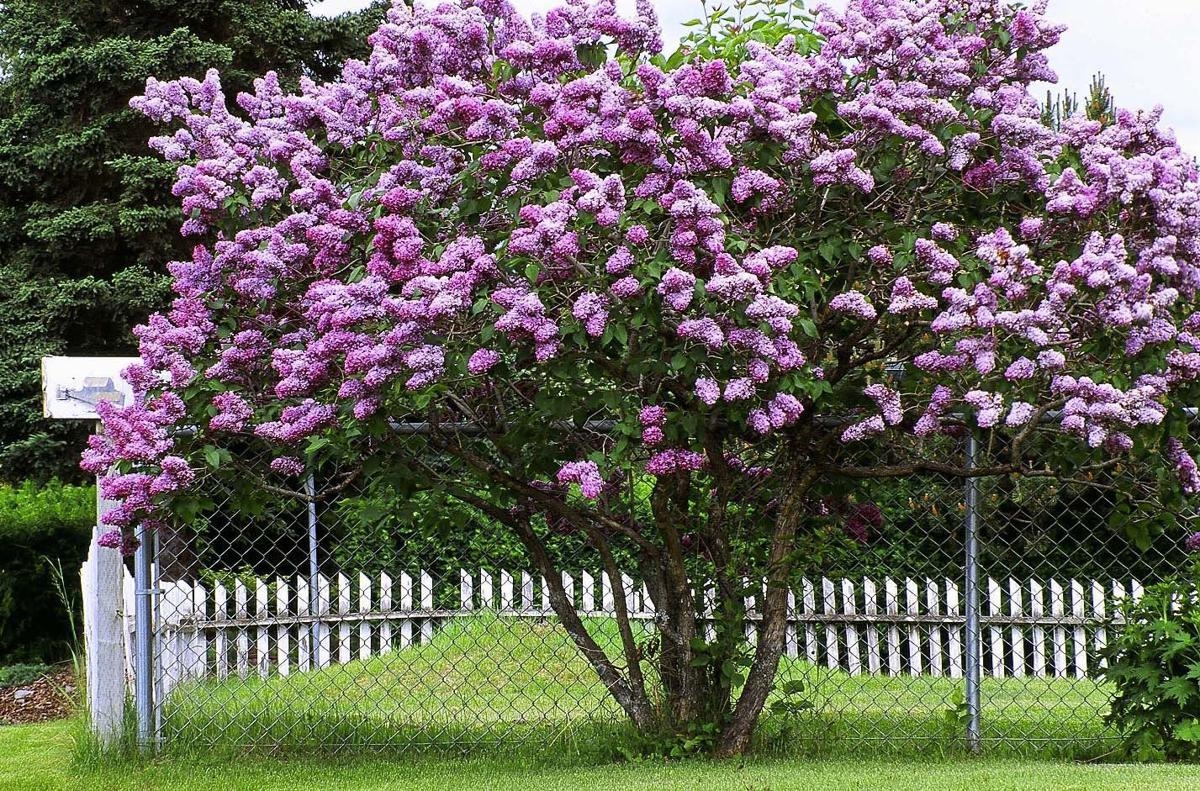 |
| Photo: Fairbanks Daily News-Miner. |
#5. Lilacs are native to Eastern Europe and Asia. The colonists brought them to America in the 17th century.
#6. Lilacs can vary in shape and/or form. Some may be rounded, vase-like, tall and spreading, tall and straight or a combination of these shapes.
 |
| Photo: Better Homes and Gardens. |
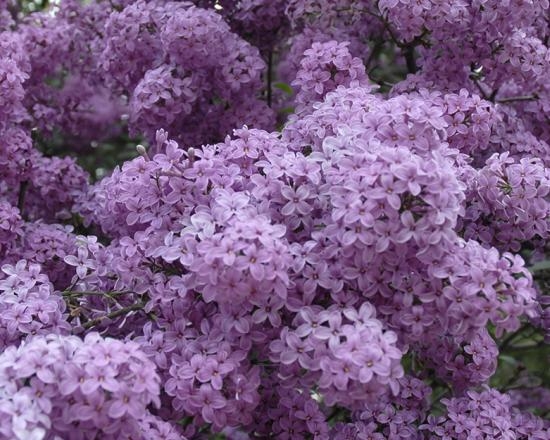 |
| Photo: Chicago Botanic Garden. |
#7. Flowering varies between mid-spring to early summer and, unfortunately, normally only lasts about three weeks or so, depending on the species and the weather (the warmer the spring, the earlier the blooms).
#8. Lilacs have a strong, intoxicating scent which carries quite a distance.
#9. Lilac flowers span a wonderful array of colours (white, violet, blue, lilac, pink, red, purple and some even bi-coloured). Shades vary depending on the weather (hot versus cool and dry versus wet), year, soil, environment and overall location differences, according to Better Homes and Gardens.
#10. The lilac is known as the "Queen of Shrubs". Its beauty certainly warrants this title.
 |
| Photo: Amazon. |
#11. It is the cultivar and species of Lilac bush which affects the fragrance, NOT the flower’s colour.
#12. Although Lilacs display flowers among the most delicate of the ornamentals, the plants are among the hardiest. Some newer hybrid varieties can survive winter temperatures of -60ºF.
#13. You prune Lilacs immediately after the enjoyment of the fragrant blossoms in the late Spring/early Summer.
#14. Lilacs have pyramidal clusters of blossoms with both single and double varieties - all with glossy green leaves.
#15. Lilacs are edible. Please pass the lilac salad!
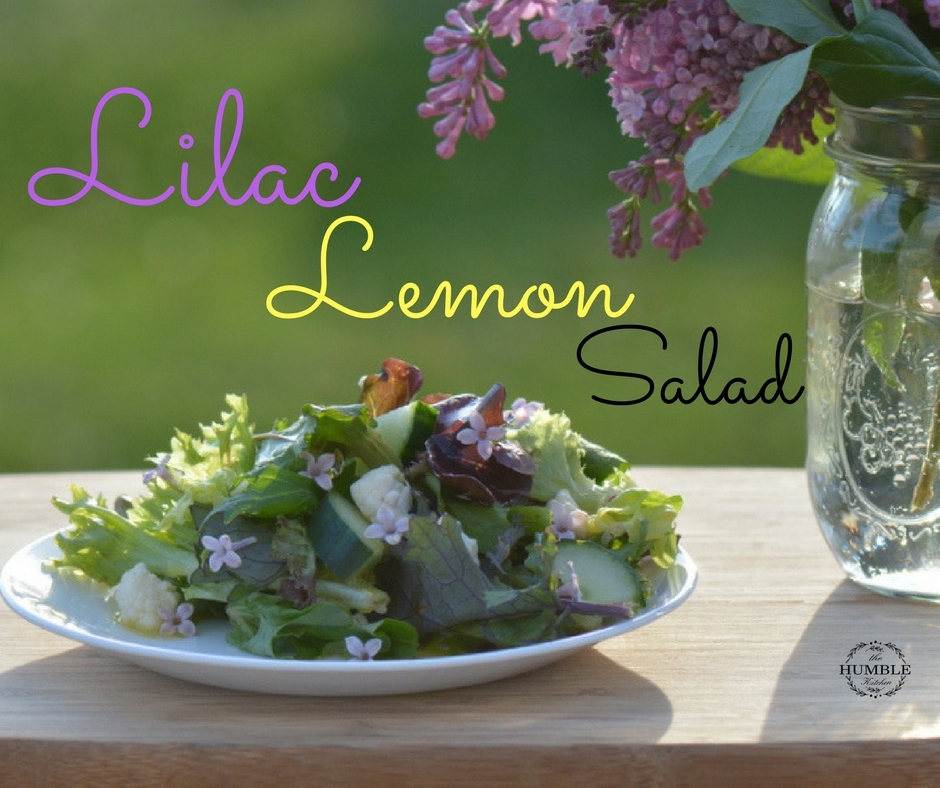 |
| Photo: The Humble Kitchen. |
#16. The name "Lilac: comes from the Persian word "lilaq", which means flower.
#17 . In Greek mythology, it's about a beautiful nymph named Syringa (lilac's botanical name). "Pan", the god of the forests and fields, was captivated by Syringa's beauty. Pan chased Syringa through the forests. Syringa was frightened by Pan's affections. Syringa escaped Pan by turning herself into a lilac bush.
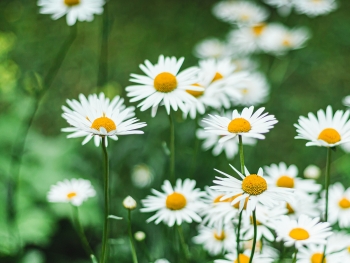 | 17 Interesting Facts about Daisy that can set them apart Daisies are attractive flowers, often associated with innocence and purity. They may seem the simplest flowers in the world, but there are many interesting things ... |
 | 9 Interesting facts about Orchid Knowinsider is going to introduce you 9 interesting facts about Orchid, a diverse and widespread family of flowering plants, with blooms that are often colourful ... |
 | Only about Sunflower: 9 striking facts about Sunflower you should know! Sunflowers, in all their colorful glory, are a happy sight to behold—but there's more to their nature than just beauty. If you are a fan ... |

